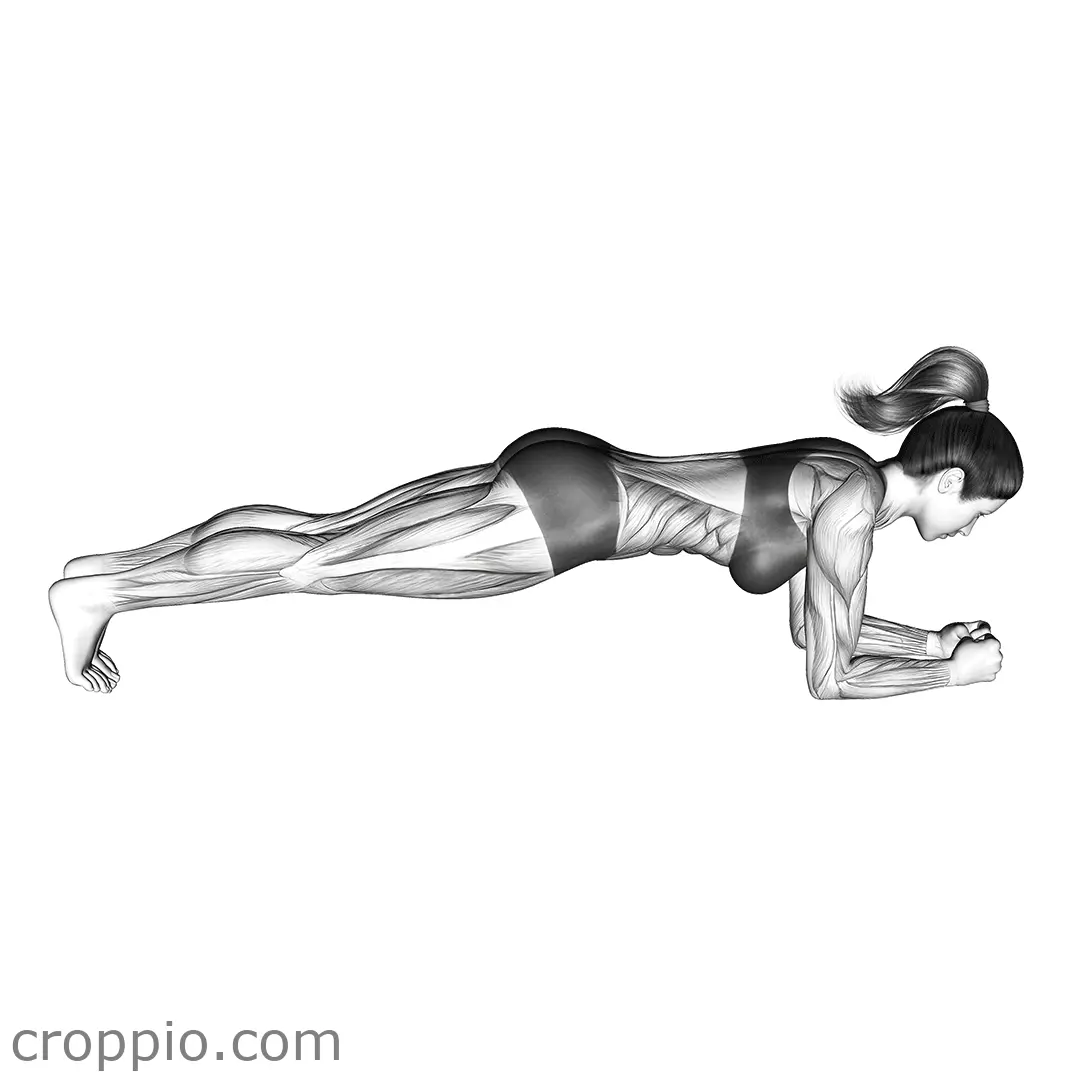Captains Chair Knee Raise

Muscles Involved
The captain's chair knee raise primarily targets the rectus abdominis, commonly known as the "six-pack" muscles. This exercise also engages the hip flexors, including the iliopsoas and rectus femoris, as well as the obliques, which help in stabilizing the torso during the movement. By lifting the knees towards the chest, you're not only working on abdominal strength but also enhancing flexibility and strength in the hip area, making it a well-rounded exercise for core development.
Top Mistakes
- Swinging legs: Using momentum to swing the legs instead of relying on the core can decrease the effectiveness of the exercise.
- Arching the back: Overarching the lower back to raise the knees may lead to strain and potential injury.
- Neglecting control: Failing to control the descent of the legs results in reduced tension on the abdominal muscles.
- Holding the breath: Failing to breathe properly during the exercise can lead to tension and fatigue.
Execution Tips
- Maintain a neutral spine: Keep your back straight and avoid rounding or arching to ensure proper form.
- Engage your core: Focus on activating your abdominal muscles before beginning the movement to maximize effectiveness.
- Controlled movements: Lift your knees slowly and deliberately towards your chest; then lower them with the same level of control.
- Breathing pattern: Exhale as you raise your knees and inhale as you lower them, maintaining a steady breathing pace throughout.
Workouts
The captain's chair knee raise can be incorporated into various workout routines targeting the core. A typical regimen might include performing 3 sets of 10-15 repetitions, allowing 30-60 seconds of rest between sets. To enhance core training, consider pairing this exercise with complementary movements such as planks, Russian twists, or bicycle crunches for a comprehensive workout targeting abdominal strength and endurance.
Conclusion
The captain's chair knee raise is an excellent exercise for strengthening the core, improving stability, and enhancing hip flexor flexibility. By adhering to proper form and integrating this movement into your fitness routine, you can build a strong, defined midsection while promoting overall functional strength and injury prevention.



